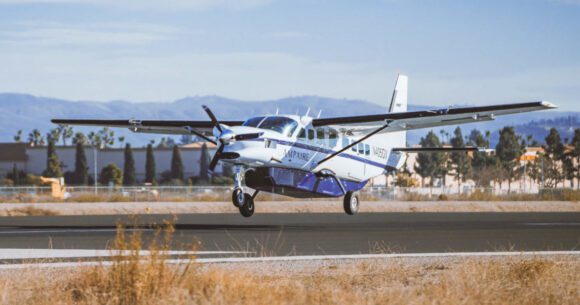This week, Airbus began expanding its testing program for its “Sharklets” to include the A319 in addition to the A320. With that announcement, Airbus provided some initial feedback regarding the testing completed so far on A320, which indicate that performance is running better than expected, particularly for long-range cruise, the flight regime in which winglets are most beneficial. Airbus initially projected a 3.5% fuel burn improvement on long-haul sectors, so beating that target implies performance in the 3.75%-4% range.
Of course, the key phrase in examining the economic benefits of winglets, or sharklets at Airbus, are the words long-haul. Winglets do not help fuel burn in short-haul operations nearly as much, as they provide little if any benefit in take-off and climb performance. If you are flying coast-to-coast, a 3.5% to 4% improvement in fuel burn can be expected – but on a 200 nautical mile east coast shuttle flight, a benefit of only 0.5% to 1% could be expected, given the limited time at cruise, which occurs at lower altitudes. While both Boeing and Airbus will advertise the maximum benefit achieved in one flight regime, it is important to compare those numbers to those for the actual flight regime being flown. Very few players operate narrow-body aircraft exclusively long-haul, and while winglets do have a benefit, that benefit is nowhere near the advertised numbers for short-haul operations.





